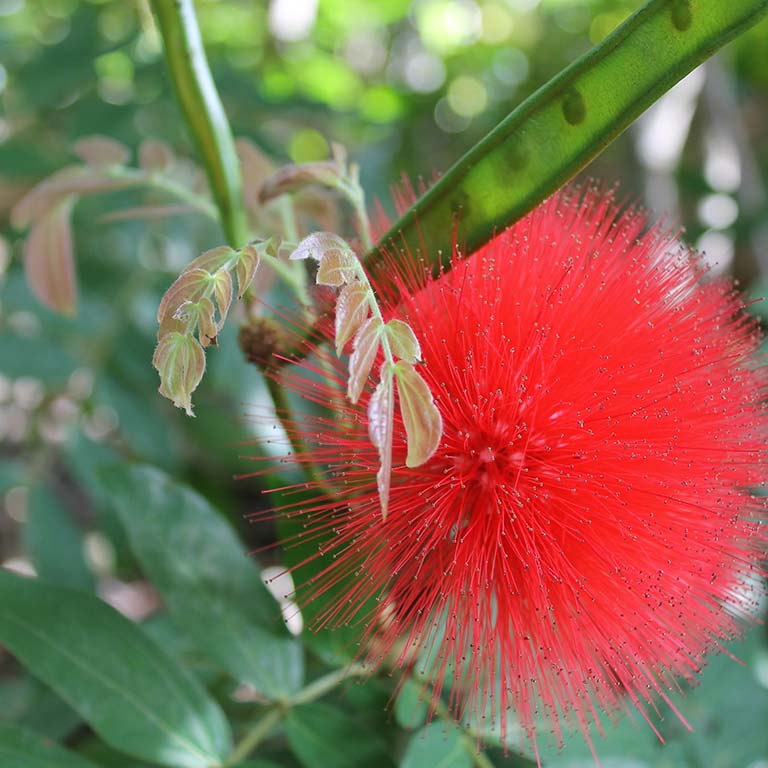Use the map to help you locate each conservatory room. Check out our suggestions below of must-see plants and other plants of interest when visiting each of the rooms.
Please don't touch the plants or take any of the fruits.

Use the map to help you locate each conservatory room. Check out our suggestions below of must-see plants and other plants of interest when visiting each of the rooms.
Please don't touch the plants or take any of the fruits.

Must-see plants
Tidbits
(research room)
Must-see plants
Tidbits
Must-see plants
Tidbits
Must-see plants
Tidbits
(research room)
Must-see plants
Tidbits
Must-see plants
Tidbits
Must-see plants
Tidbits